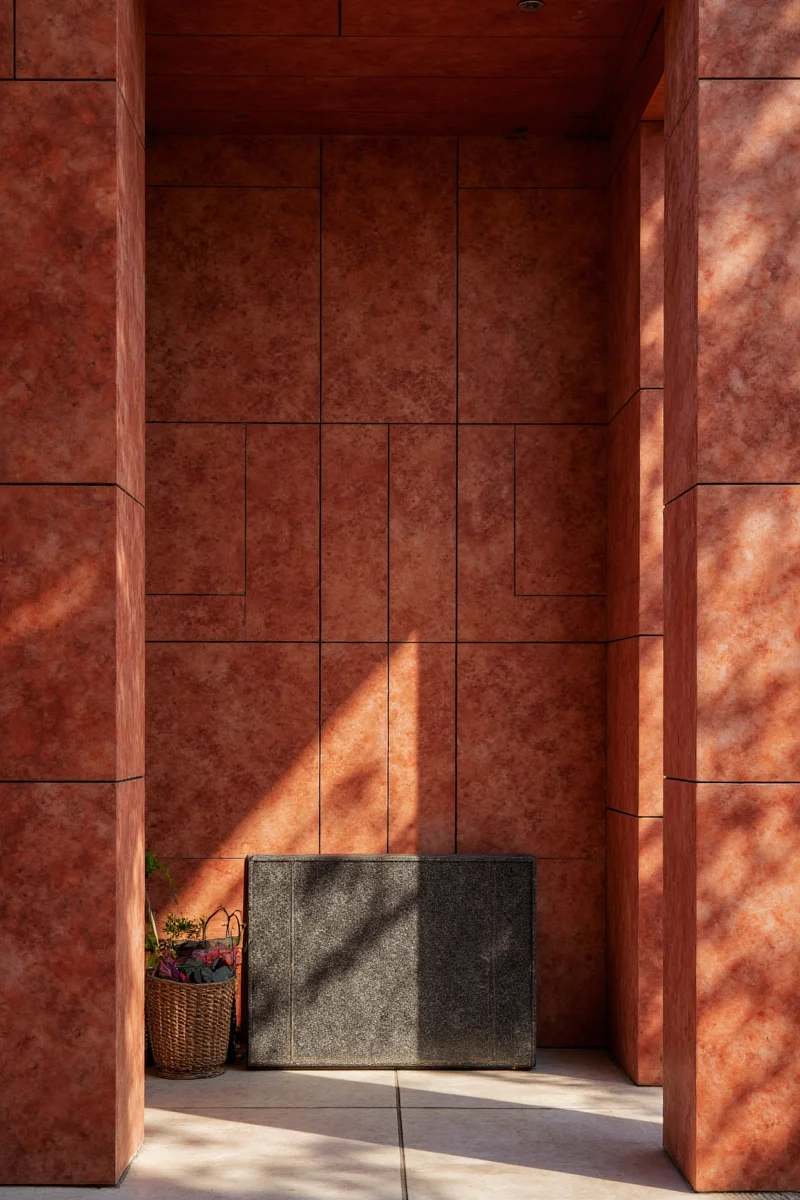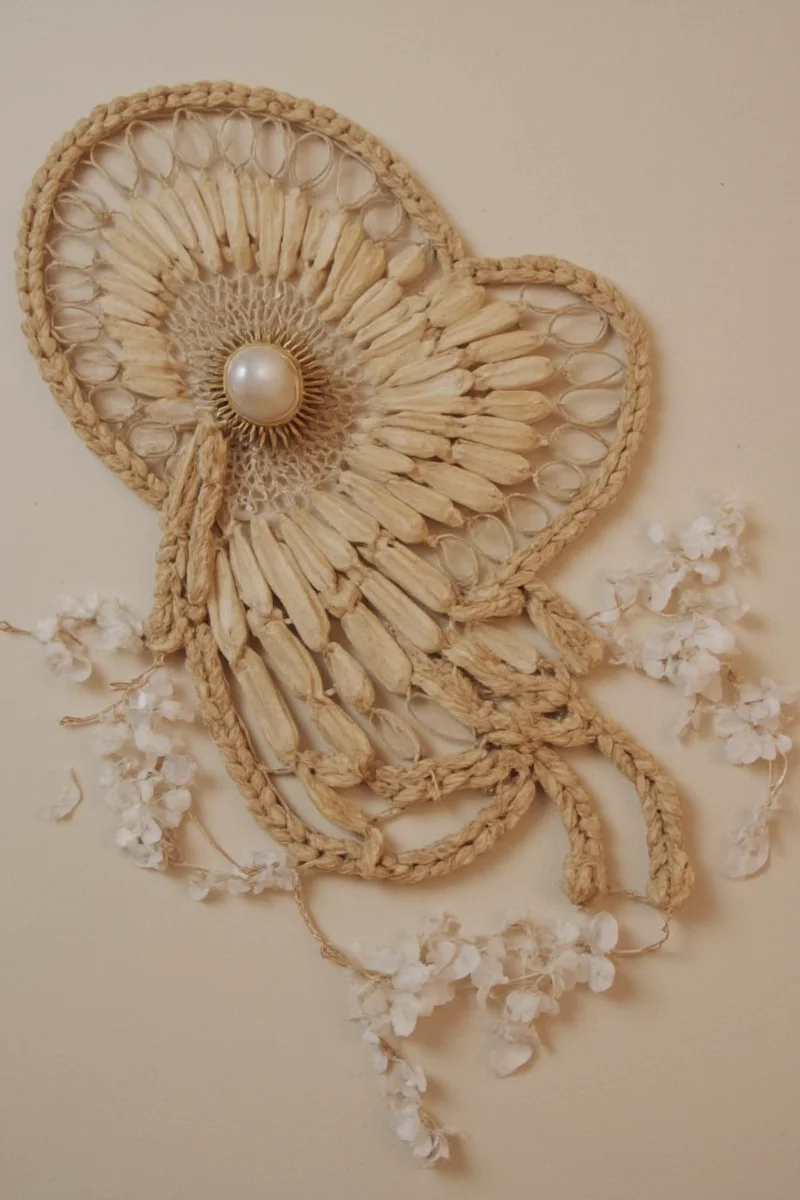How to Build the Ultimate Family-Friendly Shiplap Bedroom Accent Wall
If you’ve scrolled through Pinterest or watched any home renovation show lately, you’ve probably noticed one trend dominating modern interiors: shiplap walls. But while many homeowners use it for farmhouse chic or coastal vibes, we’re here to explore a twist: making it work in a kid-friendly bedroom.
Why Shiplap Is Perfect for Family Bedrooms
- Durable: Resists dings and scratches better than drywall.
- Versatile: Paint it any color — from calming pastels to bold navy blues.
- Eco-friendly: Many brands offer sustainable wood or MDF options.
1. Choose the Right Material for Kids & Pets

Not all shiplap is created equal. For family bedrooms, consider:
| Material | Pros | Cons | Best For |
|---|---|---|---|
| Real Wood | Natural look, can be sanded/refinished | More expensive, needs sealing | High-end rooms, adults-only spaces |
| MDF | Cheaper, paint-ready surface | Heavy, less eco-friendly | Budget projects, DIYers |
| PVC/Vinyl | Waterproof, ultra-durable | Less authentic look | Playrooms, nurseries, high-traffic areas |
2. Color Matters: Soft Hues vs Bold Statements

For a balanced room, try this combo:
- Soft Pastels: Mint green, blush pink, or warm greige for a calm environment.
- Bold Contrasts: Navy blue or charcoal paired with white trim for drama without being overwhelming.
3. Keep It Low-Maintenance: Opt for Easy-to-Clean Finishes

Kids touch everything. That’s just science. So stick with:
- Semi-gloss or satin paints – Wipeable surfaces that stand up to fingerprints.
- Matte finishes – Great for hiding imperfections but harder to clean.
4. Add Texture Without the Risk

Make the wall interesting and functional by adding texture with these ideas:
- Floating shelves (anchored properly!)
- Recessed lighting or LED strips
- Wooden moldings or beadboard panels
5. Lighting Can Make or Break Your Shiplap Wall

Use lighting as part of your decor strategy:
- Install picture lights above the bed for soft ambient glow.
- Go for LED strip lights behind floating shelves to highlight art or books.
- Add wall sconces for reading nooks or bedtime stories.
6. Safety First: Secure Attachments and Avoid Sharp Edges
You want style, but never at the expense of safety. When installing:
- Use child-safe corner protectors if the edges are sharp.
- Secure floating shelves, frames, and decor items to the wall using brackets or L-braces.
- Avoid glass frames or fragile decorations within kids' reach.
7. Let It Grow With Them: Design for Longevity

Choose a neutral or transitional palette so you don’t have to redo the wall every time your child outgrows a theme. A few tips:
- Pair shiplap with removable wallpaper for seasonal changes.
- Use wall decals instead of permanent murals.
- Opt for versatile furniture like daybeds that grow with them.
8. Personalize With Art — The Flexible Way

Turn the wall into a rotating gallery of memories:
- Use Command Strips or adhesive hooks to hang art without damaging the shiplap.
- Create a themed frame collection — space, nature, animals — and swap pictures seasonally.
- Add magnetic paint underneath the shiplap to make it a giant pin board!
9. Top Tools for Installing Shiplap Like a Pro
Here's what you'll need for a smooth installation:
- Miter saw or circular saw
- Brad nailer or finish nail gun
- Level and measuring tape
- Spackle and caulk
- Orbital sander
- Primer and paint (or stain)
10. Bonus: Create a Themed Wall Without Overcommitting
Love the idea of a nautical or rustic theme? Don't overdo it:
- Use subtle hints like rope trim or anchor-themed art prints.
- Add themed throw pillows or bedding instead of painting anchors on the wall.
- Stick with a cohesive color scheme across the wall and decor for a pulled-together look.
Buying Guide: What to Look for When Choosing Shiplap Materials
Whether you're shopping online or hitting your local hardware store, here’s a detailed breakdown of what to look for:
| Product | Features | Why You’ll Love It | Best For | When to Buy |
|---|---|---|---|---|
| EverTrue Real Wood Shiplap Panels | Pre-finished pine, 48” x 8’ panels | Looks authentically rustic; easy to install | Adult bedrooms, minimalist homes | Anniversary upgrades, Father’s Day gifts for DIY dads |
| Homedics MDF Shiplap Kit | DIY-friendly interlocking panels | No tools needed; budget-friendly | Rental apartments, playrooms | Back-to-school prep, summer refresh |
| GreenShield PVC Shiplap Planks | Waterproof, mold-resistant | Perfect for humid climates or splash zones | Laundry rooms, bathrooms, nurseries | Home improvement holidays like Labor Day sales |
FAQs About Family-Friendly Shiplap Accent Walls
Can I install shiplap in a rental?
Yes! Use peel-and-stick planks or panel kits designed for temporary installations.Is shiplap hard to clean?
Nope — especially if you choose semi-gloss paint or sealed wood. Just wipe with a damp cloth.What colors work best with kids?
Muted blues, greens, grays, and whites are timeless choices that feel peaceful yet playful.Final Thoughts
Creating a shiplap bedroom accent wall isn’t just about aesthetics — it’s about building a space that feels welcoming, durable, and fun for the whole family. Whether you’re designing a toddler’s first big-kid room or updating a teen’s sanctuary, a well-thought-out shiplap wall can do wonders.
Remember: balance form and function, keep flexibility in mind, and always prioritize safety. And hey, if you ever get stuck, just ask yourself: “Would my kid love this?” If yes, you’re on the right track.











 浙公网安备
33010002000092号
浙公网安备
33010002000092号 浙B2-20120091-4
浙B2-20120091-4